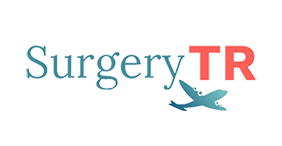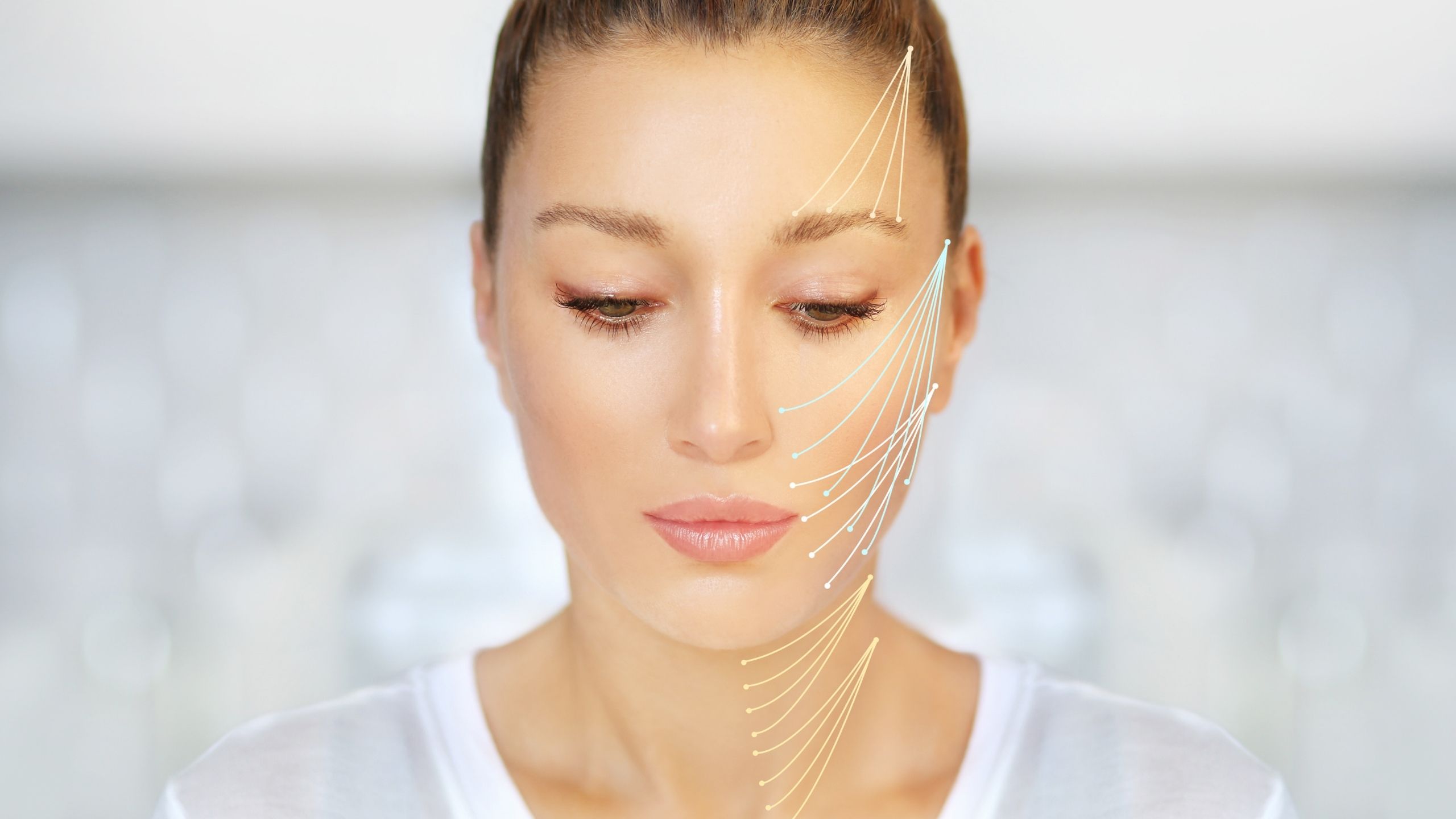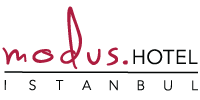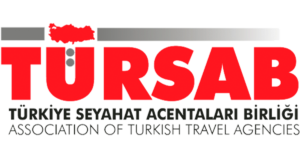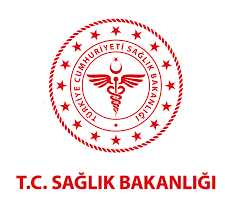Understanding Thread Lift: A Natural Alternative to Facelift
Thread lift is an innovative and minimally invasive cosmetic procedure that offers a natural alternative to traditional facelifts. Unlike a facelift, which requires extensive surgery and downtime, a thread lift involves using special threads to lift and rejuvenate the skin, providing a more youthful appearance without the need for extensive recovery. In this article, we’ll explore everything you need to know about thread lifts, including the different types of threads used, their benefits over traditional facelifts, and who is an ideal candidate for the procedure. Additionally, we’ll walk you through the thread lift procedure itself and share tips for faster recovery, ensuring you achieve the best possible results.
What is a Thread Lift?
A thread lift is a non-surgical procedure used to lift and tighten sagging skin, providing a youthful, refreshed appearance. The treatment involves inserting biodegradable threads under the skin, which are then gently pulled to lift and reposition the skin, stimulating collagen production. Over time, the threads dissolve, leaving behind firmer and smoother skin. Unlike traditional facelifts, a thread lift is minimally invasive, requires no incisions, and offers a quicker recovery time. It is an ideal option for those looking for subtle facial rejuvenation without the need for major surgery.
Advice: Face Lift
Types of Thread Lifts: PDO vs. PLLA vs. PCL
When it comes to thread lifts, there are several types of threads used, each offering unique benefits. The most common types are PDO (Polydioxanone), PLLA (Poly-L-Lactic Acid), and PCL (Polycaprolactone), with each having distinct properties.
- PDO Threads are the most widely used and known for their ability to promote collagen production. They are ideal for those looking for a natural lift and are suitable for treating mild to moderate sagging. PDO threads are absorbable and dissolve within six months, leaving behind firmer skin.
- PLLA Threads are known for their long-lasting effects. They work by stimulating the production of collagen over time, providing a gradual lifting effect. PLLA threads are often recommended for individuals who are looking for more noticeable and longer-lasting results, with effects lasting up to two years.
- PCL Threads offer the longest-lasting results among the three. These threads have a slower absorption rate, meaning they stimulate collagen for an extended period, making them ideal for those seeking long-term results. PCL threads are highly effective for lifting and tightening skin, especially in areas with significant sagging.
Each thread type has its advantages, and the choice depends on individual goals, skin type, and the desired outcome. A consultation with a skilled practitioner can help determine the best option for your needs.
Benefits of Thread Lifts Over Traditional Facelifts
Thread lifts offer several advantages over traditional facelifts, making them an attractive option for those seeking facial rejuvenation with minimal downtime and risk. Here are some of the key benefits:
- Minimally Invasive: Unlike traditional facelifts, which require significant incisions and extensive surgery, thread lifts are non-surgical. The procedure involves only small punctures in the skin, which means there are no large scars or long recovery periods.
- Quicker Recovery Time: Because thread lifts are minimally invasive, recovery time is much shorter compared to a facelift. Most patients can return to their normal activities within a few days, while a traditional facelift typically requires weeks for full recovery.
- Natural-Looking Results: Thread lifts provide subtle, natural-looking results that enhance the facial contours without the dramatic changes often associated with facelifts. This makes it an ideal option for those seeking a more youthful appearance without looking “overdone.”
- Stimulates Collagen Production: One of the most significant benefits of thread lifts is their ability to stimulate collagen production in the skin. Over time, the threads dissolve, but the collagen they stimulate remains, resulting in firmer, tighter skin long after the procedure is complete.
- Lower Risk and Cost: Since thread lifts are less invasive, the procedure carries a lower risk of complications compared to traditional facelifts. Additionally, they are typically more affordable, making them an attractive option for individuals seeking effective facial rejuvenation without the higher cost of surgery.
- Customizable Treatment: Thread lifts are highly customizable, allowing the practitioner to target specific areas of the face for lifting and rejuvenation. This means that treatments can be tailored to meet the unique needs of each patient, whether for sagging cheeks, jowls, or neck.
Overall, thread lifts offer a safer, more convenient, and less invasive option for those looking to achieve youthful, lifted skin with minimal interruption to their daily life.
Who is a Good Candidate for a Thread Lift?
A thread lift is a great option for individuals looking for subtle facial rejuvenation without the need for invasive surgery. However, not everyone may be an ideal candidate for the procedure. Here’s a breakdown of who might benefit most from a thread lift:
- Individuals with Mild to Moderate Skin Sagging: Thread lifts are most effective for those experiencing mild to moderate skin laxity, particularly around the jowls, cheeks, and neck. If you’re starting to notice the early signs of aging but don’t require the extensive lifting of a traditional facelift, a thread lift may be the perfect solution.
- Younger Individuals Seeking Preventative Treatment: While thread lifts are commonly performed on individuals in their 40s or 50s, younger patients in their 30s who want to prevent the onset of deeper wrinkles or sagging can also benefit from the procedure. Thread lifts can stimulate collagen production, keeping the skin firm and youthful for longer.
- Patients Looking for a Non-Surgical Option: Those who are not ready for a traditional facelift due to the invasive nature, high cost, or long recovery times may find a thread lift appealing. Since the procedure is minimally invasive with minimal downtime, it’s ideal for individuals who want a faster, less risky option with natural-looking results.
- Healthy Individuals: Good candidates should be in generally good health. While the procedure carries less risk than traditional surgery, it’s important for patients to be free from any conditions that might complicate healing or increase the risk of infection, such as active skin infections or certain medical conditions.
- People Seeking Subtle, Natural-Looking Results: Thread lifts are best suited for those who prefer a more subtle, natural improvement in their appearance, rather than dramatic changes. If you’re looking for a lift that enhances your features while maintaining your natural look, a thread lift is a great choice.
- Non-Smokers: Smoking can interfere with the healing process and affect skin elasticity, so it’s advised that candidates be non-smokers or willing to stop smoking before and after the procedure to achieve the best results.
Ultimately, a consultation with a qualified practitioner can help determine if a thread lift is right for you based on your specific skin concerns, age, and aesthetic goals.
The Procedure: What to Expect During a Thread Lift
The thread lift procedure is relatively simple, quick, and minimally invasive, making it an appealing option for those seeking facial rejuvenation without the need for surgery. Here’s what you can expect during the procedure:
- Consultation and Planning: Before the procedure, you’ll have a consultation with your practitioner to discuss your aesthetic goals, areas of concern, and the type of thread lift best suited for you. The practitioner will evaluate your skin and facial structure to determine the ideal treatment plan.
- Preparation: On the day of the procedure, your practitioner will begin by cleaning your face thoroughly and marking the areas where the threads will be inserted. A local anesthetic will be applied to numb the treatment areas and ensure you are comfortable throughout the process. Some practitioners may also use a mild sedative to help you relax.
- Thread Insertion: Once you’re comfortable, the practitioner will use a fine needle or cannula to insert the threads just beneath the surface of the skin. The threads are strategically placed to lift and reposition sagging areas, such as the cheeks, jowls, or neck. The procedure typically takes around 30 to 60 minutes, depending on the number of threads used and the areas being treated.
- Lifting and Tightening: Once the threads are in place, the practitioner will gently pull the threads to lift the skin and create a more youthful contour. This process stimulates collagen production, which will continue for several months as the threads dissolve. The practitioner may adjust the tension of the threads to achieve the desired lift.
- Finishing Touches: After the threads are positioned and the lift is complete, your practitioner will remove any excess threads and ensure that your skin is properly adjusted. You may experience some mild swelling or bruising in the treated areas, which is normal and should subside within a few days.
The thread lift procedure is relatively quick and typically does not require any downtime, allowing most patients to return to normal activities within a few days. Results are often visible immediately after the procedure, with continued improvement as the skin produces more collagen.
Advice: Eyelid Surgery
Recovery After a Thread Lift: Tips for Faster Healing
Recovery after a thread lift is generally quick, but there are a few steps you can take to ensure optimal healing and achieve the best results. Here are some tips to help speed up the recovery process:
- Follow Post-Procedure Instructions: Your practitioner will provide specific aftercare instructions tailored to your needs. It’s essential to follow these instructions carefully to avoid complications and ensure the best outcome. This may include advice on how to cleanse your face, what products to use, and when to schedule follow-up appointments.
- Avoid Touching or Massaging the Treated Areas: It’s important to avoid touching, pressing, or massaging the areas where the threads were inserted for the first few days. This helps prevent dislodging the threads and ensures that they remain in the correct position as your skin begins to heal.
- Minimize Swelling and Bruising: Mild swelling and bruising are common after a thread lift and should subside within a few days. Applying a cold compress to the treated areas during the first 24 hours can help reduce swelling. Avoiding excessive heat, such as hot showers or sun exposure, during the first few days can also help minimize swelling.
- Rest and Avoid Strenuous Activities: While thread lifts require minimal downtime, it’s still a good idea to rest and avoid strenuous physical activities, such as heavy exercise or bending over, for at least a week. This reduces the risk of increased swelling and helps the threads settle into place properly.
- Sleep with Your Head Elevated: For the first few nights after the procedure, it’s helpful to sleep with your head slightly elevated. This can reduce swelling and promote faster healing. Avoid sleeping on your face to prevent putting unnecessary pressure on the treated areas.
- Avoid Smoking and Alcohol: Smoking can slow down the healing process and affect collagen production, while alcohol can increase swelling and bruising. It’s best to avoid both during your recovery period to ensure optimal results.
- Hydrate and Eat Healthy: Staying hydrated and eating a balanced diet rich in vitamins and nutrients will support your skin’s healing process. Foods high in vitamin C and collagen-boosting nutrients can help promote healthy skin recovery.
- Be Patient for Final Results: While you may notice an immediate improvement in your appearance, the full effects of the thread lift may take several weeks to fully develop as collagen production continues. Be patient and give your skin time to adjust.
By following these recovery tips, you can help minimize discomfort, reduce healing time, and enjoy the long-lasting benefits of your thread lift.
In conclusion, a thread lift offers a safe, effective, and minimally invasive way to rejuvenate your facial appearance without the need for surgery. Whether you’re looking to lift sagging skin, smooth fine lines, or enhance your natural contours, this procedure provides subtle, lasting results with minimal downtime. By understanding the different types of threads, the procedure itself, and the recovery process, you can make an informed decision about whether a thread lift is the right choice for you. Always consult with a qualified practitioner to ensure the best outcome tailored to your individual needs. With the right care and treatment, you can achieve a youthful, refreshed look that enhances your natural beauty.

